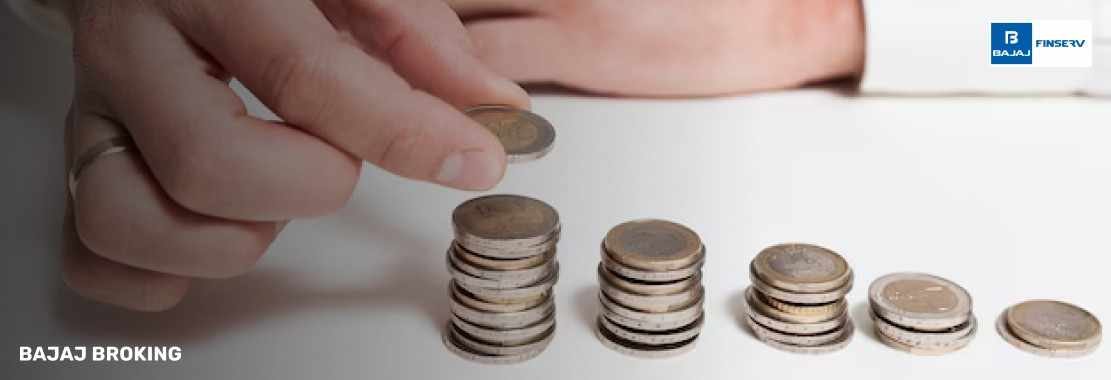A Stable Value Fund is basically a fixed-income investment. Its whole pitch? To give you steady returns while protecting your capital from sudden shocks.
You’ll usually spot it sitting quietly inside retirement plans, especially things like 401(k)s. People who don’t enjoy rollercoaster market swings tend to lean towards it.
Now, what makes it slightly different from your regular bond fund is the extra layer of insurance something called a “wrap.”
It’s like a contract provided by banks or insurers that shields investors from sharp interest rate swings or market dips. So even if the world outside is chaotic, the fund itself stays relatively calm.
Key Features of a Stable Value Fund
Capital Protection – The starting point. You don’t lose your initial money if markets dip. That assurance alone is why many cautious investors find comfort in a Stable Value Fund.
Steady Returns – The returns aren’t flashy, but they’re consistent. Generated mainly from interest payments on bonds inside the Stable Value Fund, they tick along quietly in the background.
Insurance Coverage – There’s usually a contract in place that promises you the agreed returns, even if the assets beneath aren’t doing too well.
Liquidity – Withdrawals are allowed in most cases, though in workplace retirement plans, you may bump into certain restrictions.
How Do Stable Value Funds Work?
A Stable Value Fund is designed to protect your money and still let it grow — slowly, but without nasty surprises. It does so by owning high-quality bonds and, just as importantly, by adding that insurance component mentioned earlier.
If you look at it this way: the Stable Value Fund collects money from different investors, pools it, and invests in various government and corporate bonds all rated for their safety.
Ordinarily, this alone would be more than sufficient, but this is actually not where it gets interesting — that would be the “wrap contract.” This insurance component of the fund is designed to cover shortfalls in a portfolio preventing the fund’s value from moving around when markets go haywire. This is really what distinguishes it.
Types of Stable Value Funds
And because finance loves categories, these funds come in a few flavours:
Separately Managed Accounts – Tailored for a specific workplace plan. Assets here are managed solely for that plan’s participants, offering a customised approach.
Commingled Funds – Here, money from multiple retirement plans is pooled together. The result? Broader diversification and often cost efficiency.
Guaranteed Investment Contracts (GICs) – A deal with an insurance company that promises a fixed return for a set time. The money sits inside the insurer’s general account.
Synthetic GICs – Similar idea, but the assets sit outside in a trust. A financial institution guarantees returns that get adjusted periodically depending on market conditions.
General Account Contracts – Assets are managed by the insurer and guaranteed returns come from the insurer’s general account.
Separate Account Contracts – Assets are kept in a separate account. This way, if the insurer ever stumbles financially, the investments aren’t dragged down with it.
Each of these setups is aimed at one thing: preserving capital while ensuring predictable interest flows. That’s why workplace retirement plans tend to include them.
Benefits of Investing in Stable Value Funds
Investing in a stable value fund can offer several advantages, particularly for those seeking capital preservation and steady returns. These funds focus on stability, making them a preferred choice for cautious investors.
Risks Associated with Stable Value Funds
Investing in a stable value fund offers safety, but it also comes with certain risks. While these funds focus on stability and protecting capital, investors should be aware of potential drawbacks before making a decision.
Lower returns – Since a stable value fund prioritises capital preservation, the returns tend to be modest. These funds invest in high-quality debt instruments, which generally offer lower yields compared to other investment options.
Impact of inflation – The fixed nature of returns means that over time, inflation may erode the purchasing power of the investment. If inflation rises faster than the returns from a stable value fund, the real value of savings could decrease.
Portfolio concentration risks – While these funds invest in high-quality bonds, they may be concentrated in certain sectors or issuers. If those bonds experience credit downgrades or defaults, it could affect fund performance.
Comparing Stable Value Funds to Other Investments
Investors have several options when looking for a balance between risk and returns. Here’s how a stable value fund compares to other common investment choices:
Feature
| Stable Value Fund
| Money Market Fund
| Bond Fund
| Stock Fund
| Fixed Deposit
|
Risk Level
| Low
| Very Low
| Varies
| High
| Very Low
|
Returns
| Modest, stable
| Lower, but steady
| Varies
| Higher potential, but fluctuates
| Fixed, depends on tenure
|
Liquidity
| High
| High
| Medium
| High
| Medium to Low
|
Capital Protection
| Yes, due to insurance
| Yes, but no insurance
| No, prices can fluctuate
| No, subject to market volatility
| Yes, principal remains safe
|
Investment Type
| Bonds + Insurance
| Short-term debt
| Bonds
| Shares
| Bank deposit
|
Ideal for
| Risk-averse investors, retirement savings
| Short-term cash storage
| Income-focused investors
| Growth-seeking investors
| Safe savings with fixed returns
|
Main Drawbacks
| Lower yields, higher fees
| Very low returns
| Subject to interest rate risks
| High risk, potential losses
| Lock-in period, penalty for early withdrawal
|
Conclusion
So where does that leave us? A Stable Value Fund isn’t exciting. It’s not meant to be. It’s about preserving capital, offering predictable interest, and quietly balancing the riskier parts of a portfolio.
For someone prioritising safety especially within retirement planning it can be a steady anchor. Just keep in mind the trade-offs: lower returns, fees, and inflation risk. Like any investment choice, it’s less about perfection and more about fit.




